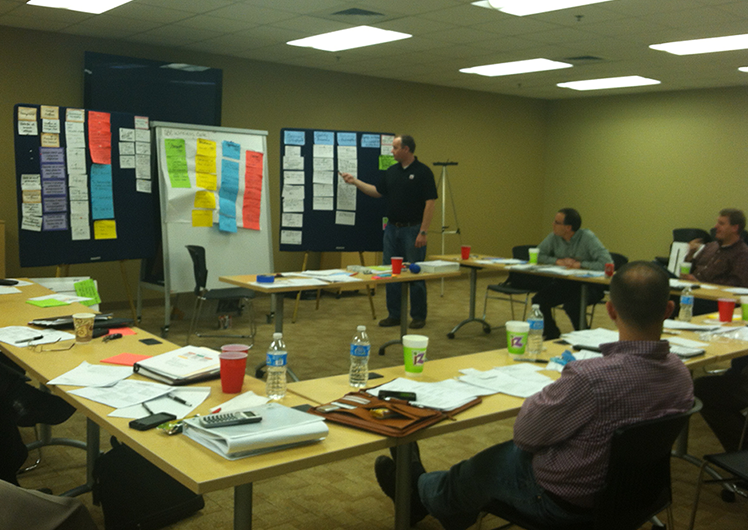Stand There
I walked through the pristine workshop admiring the creations of the piano artisan. Each piano, some over 100 years old, had been refurbished to its original glory, except one. The Baby Grand looked perfect except for a large spot on the lid. “What happened?” I asked the craftsman.
He stared at the spot as he explained, “I was working nearby and inadvertently dropped some solvent there, then I immediately picked up a cloth to wipe it off.” He took a deep breath as he continued, “In that moment I forgot the advice my mentor offered me years ago.” His teacher had told him “Whenever you’re working on a delicate or complex project and something goes wrong, don’t just do something – stand there.” He said, “As you can see, I didn’t.”
Get Going
Most of us got where we are by taking the opposite advice: don’t just stand there, do something. Get movin’ was great guidance early in a career when we were focused on producing and getting assignments done alone. But if you are in management and still saying things like, “I can’t let go because I need to make sure it is done right,” or “it’s faster if I do it myself anyway,” maybe now is a good time to put the fix-it rag down. Instead, stand there and involve someone who wants grow and needs to learn how to make things work.
Getting things done and done right will always be the key measurement at any stage of leadership. However, the higher you are in management, the more your focus needs to move towards growing others by not “just doing something” yourself. Studies continue to show that, at the executive level, 80% of your success rides on your ability to recruit, retain and influence people, inside or outside your organization, who will produce, plan and execute the work. In the leadership world where problems-to-be-solved turn into predicaments-to-be-dealt-with and conflicts to resolve can be turned into meaningful leverage points to get the best possible outcome, the idea to “stand there” and empower other people might be worth consideration.
What Happened?
If you are wondering what happened to that piano, I returned to the workshop a few weeks later and walked straight to it. The ugly spot had vanished. The surface was so well finished that I could not even locate the area where it once was. The craftsman was proud. Then he explained that he had tried to fix it himself and had wasted several days before finally reaching out for someone to help him. He said that in the end he had spent more time in that repair than the total labor time he had invested finishing the rest of the piano. “Next time I think I’ll stand there,” he said.
Journal Entry:
How might you and the people in your life benefit if you intentionally stand there more in your leadership and life?
When you delegate tasks, you create followers. When you delegate authority, you create leaders.
– Craig Groeschel , founder of Life Church
The best executive is the one who has sense enough to pick good people to do what he wants done, and self-restraint to keep from meddling while they do it. – Theodore Roosevelt, 26th U.S. President
As we look ahead into the next century, leaders will be those who empower others. – Bill Gates, founder of Microsoft
Don’t tell people how to do things, tell them what to do and let them surprise you with their results. – George S. Patton, U.S. Army General
First rule of leadership: everything is your fault. – A Bug’s Life



